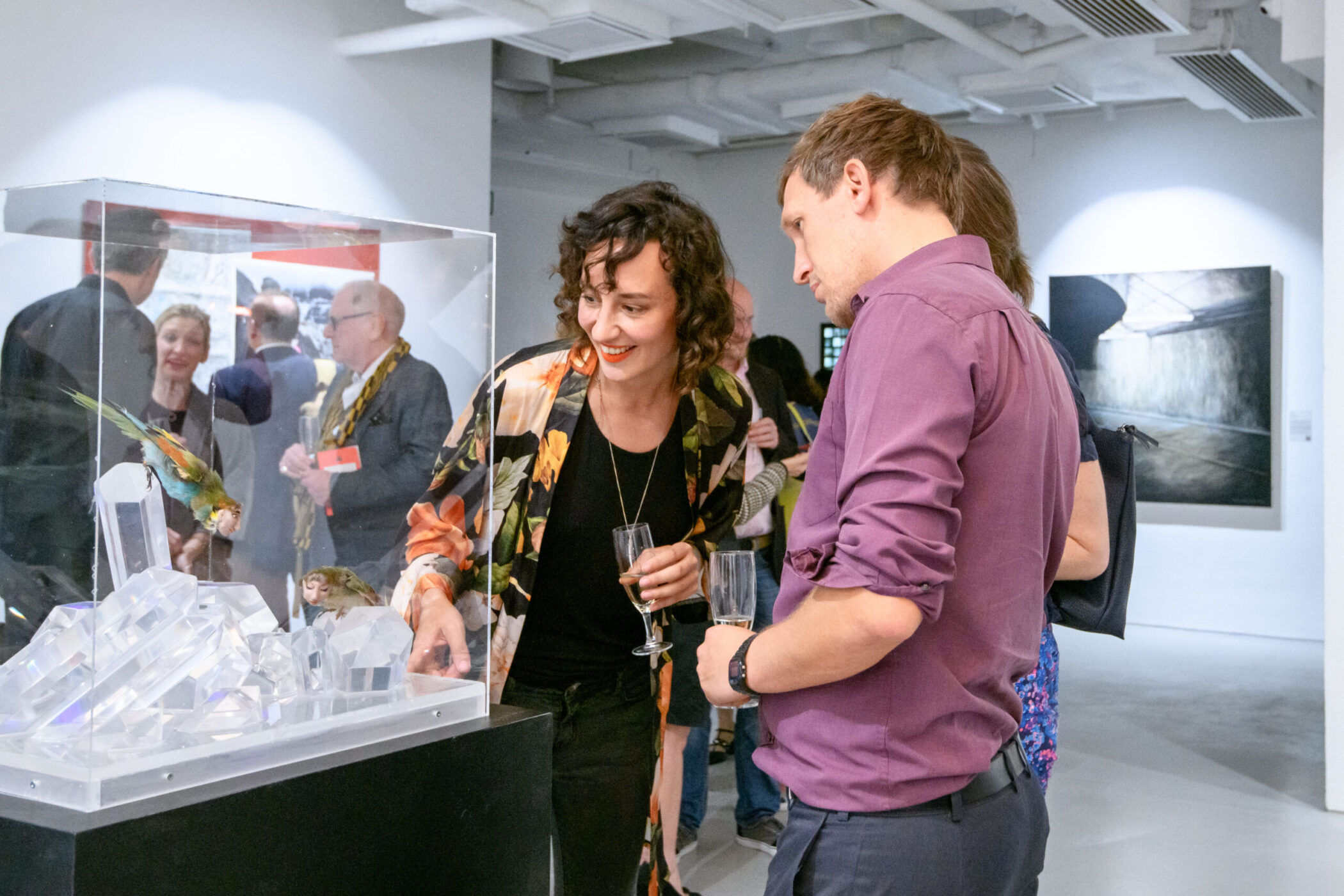





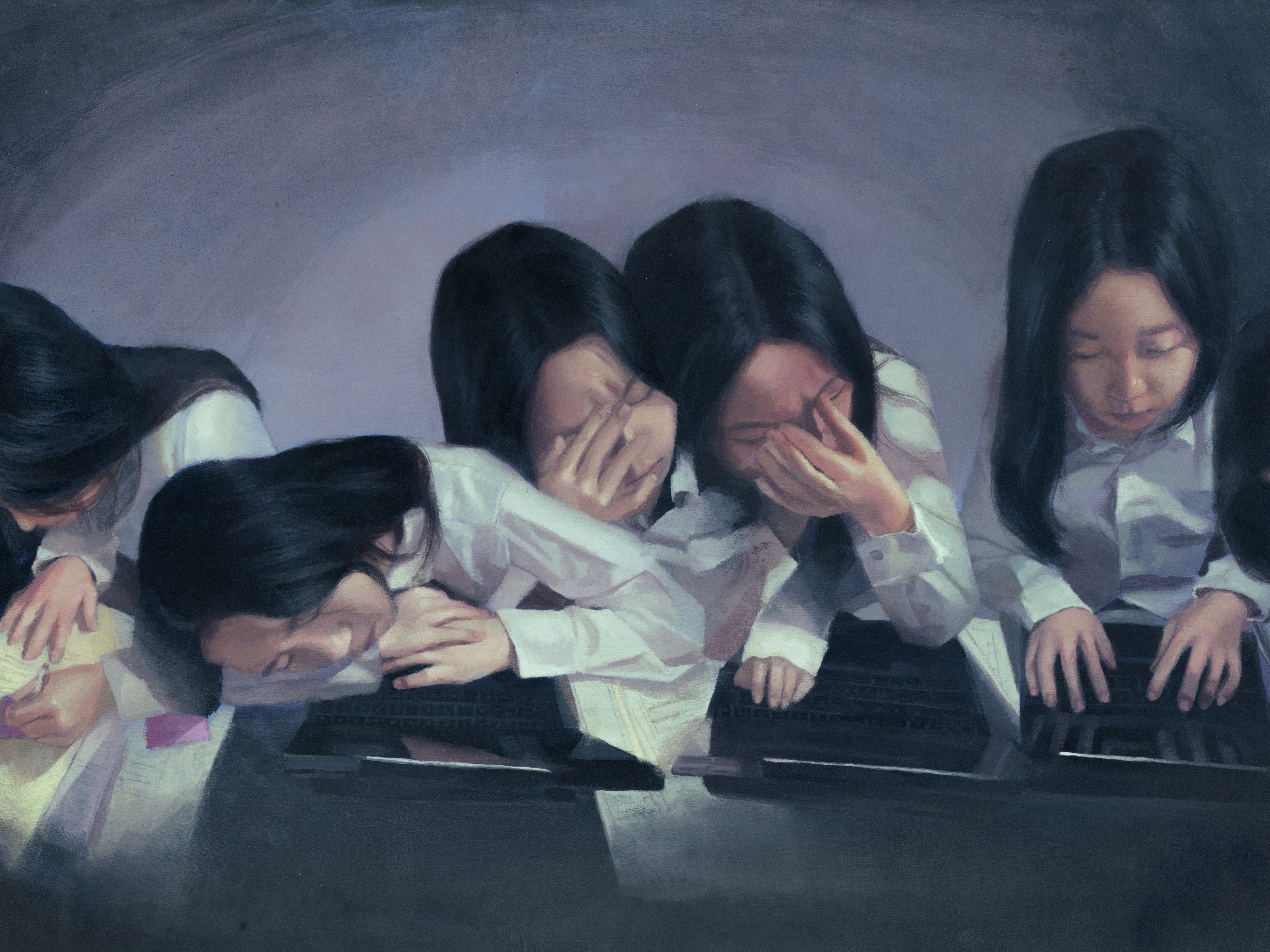
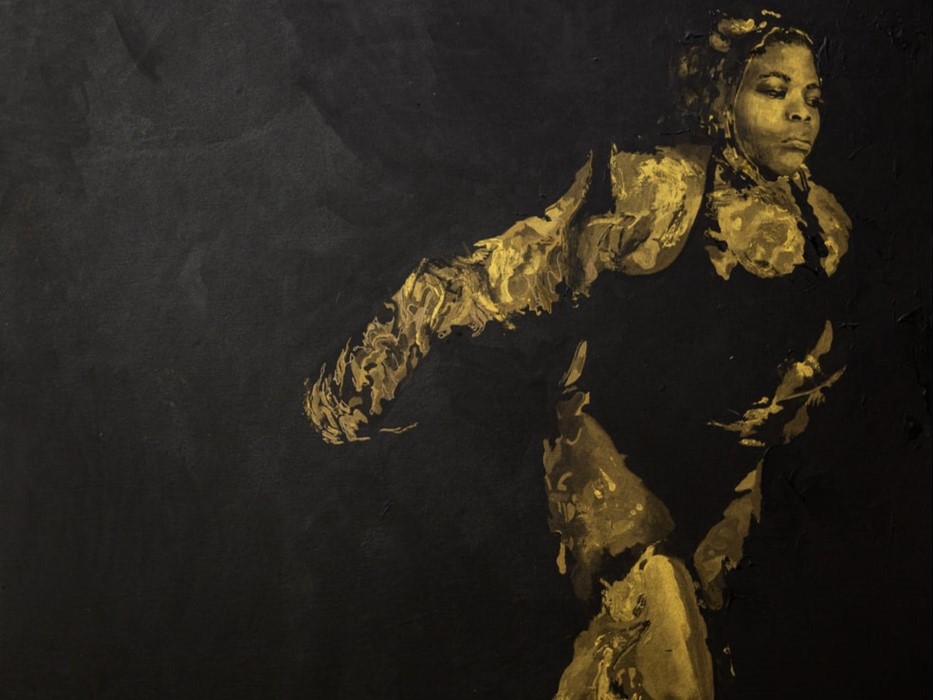
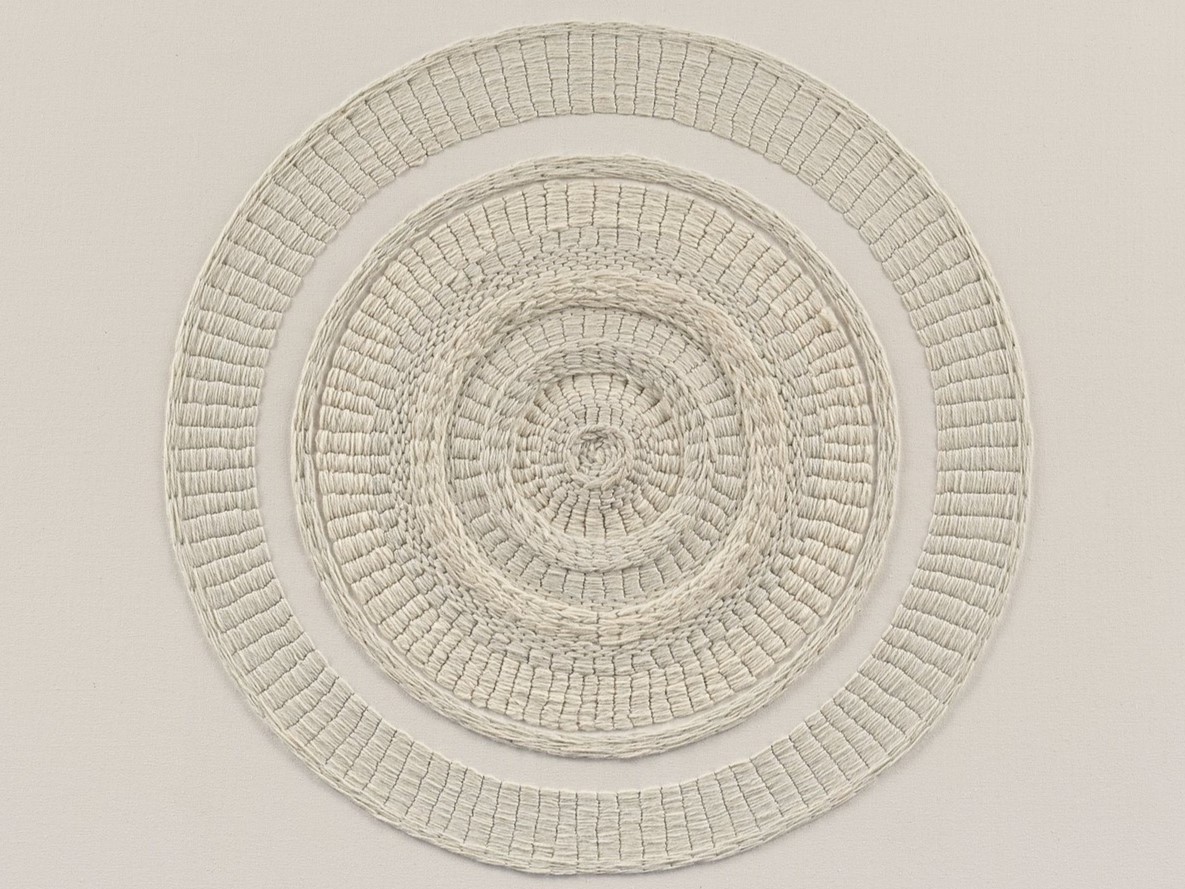

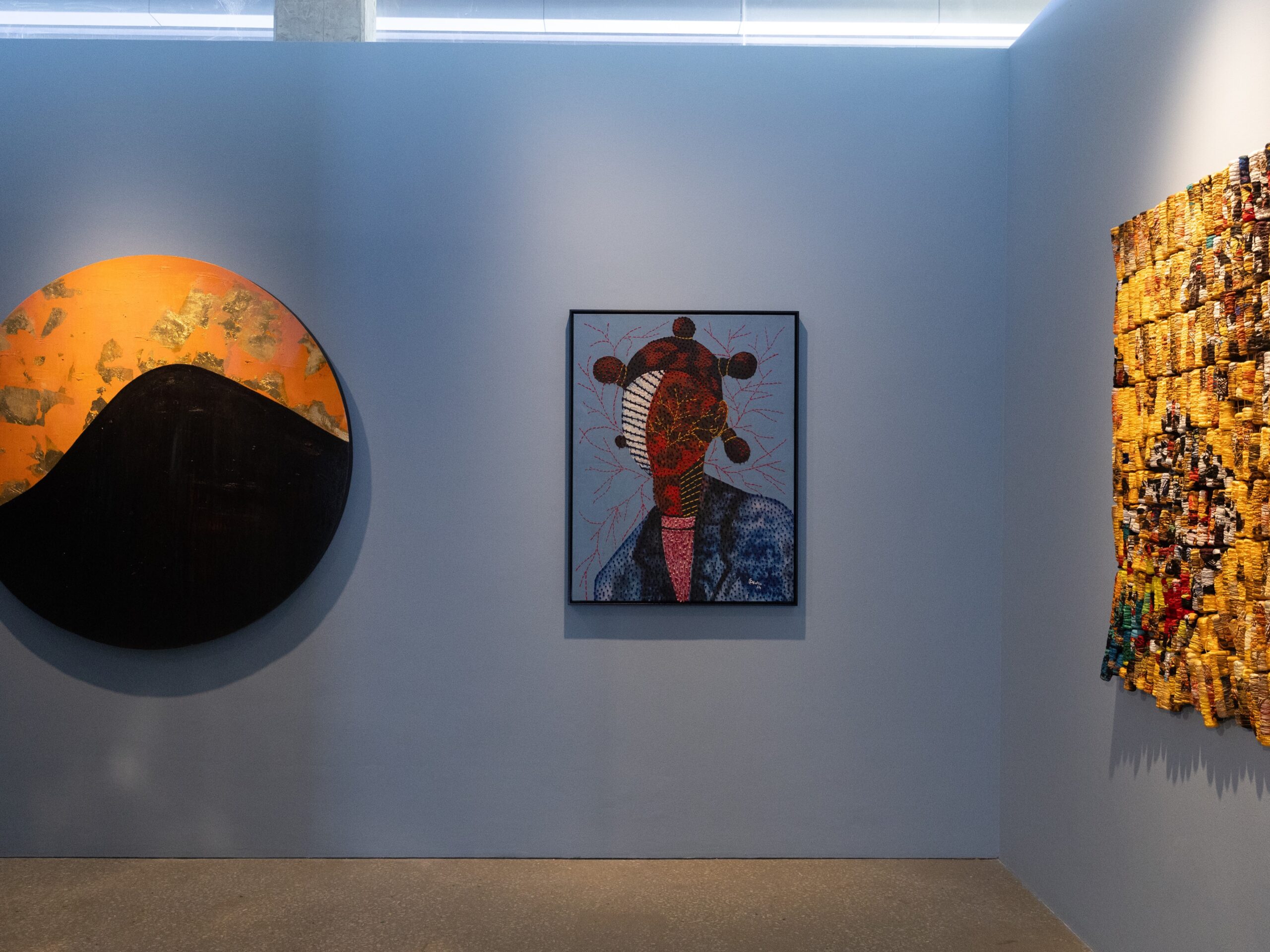

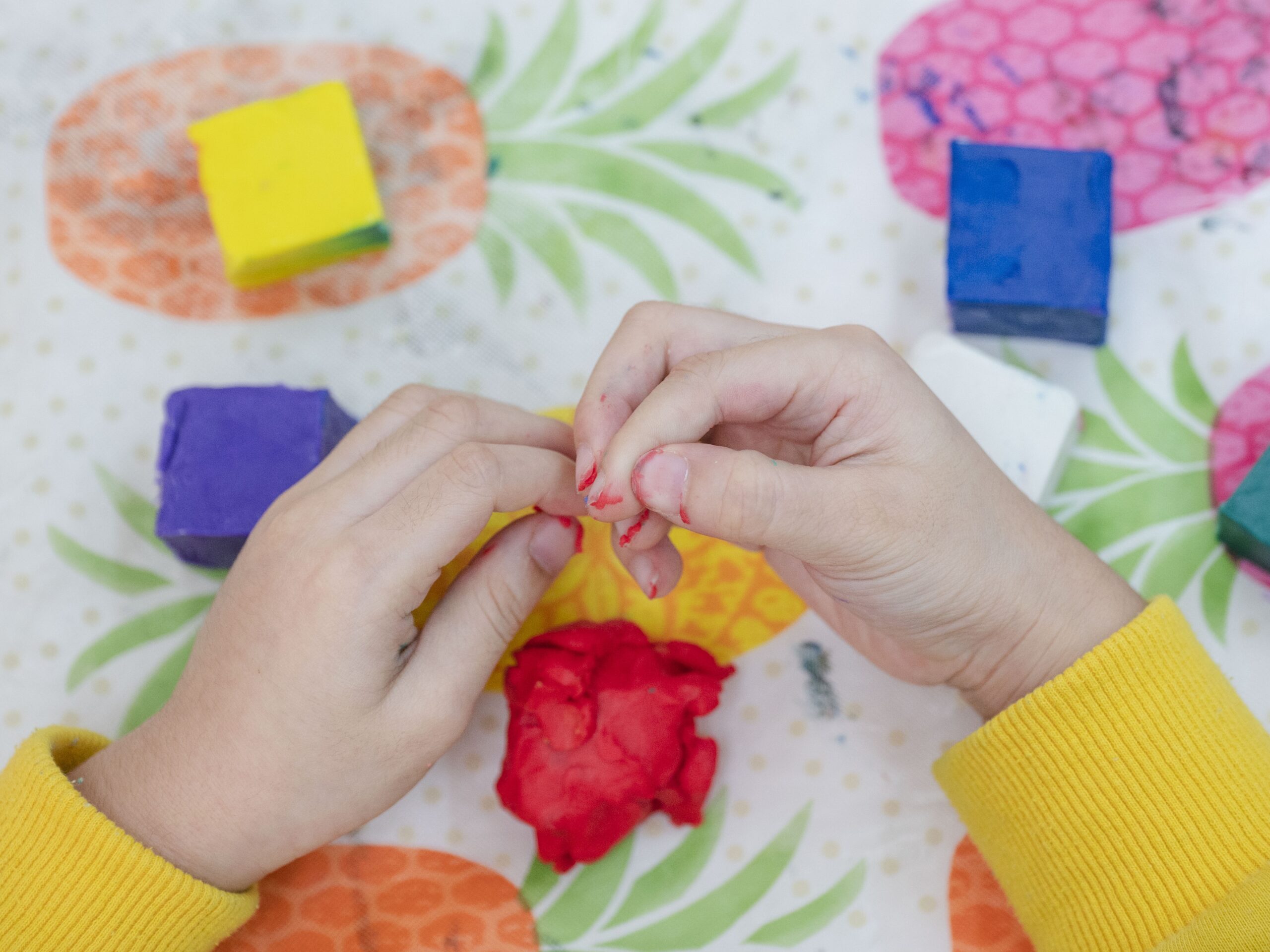
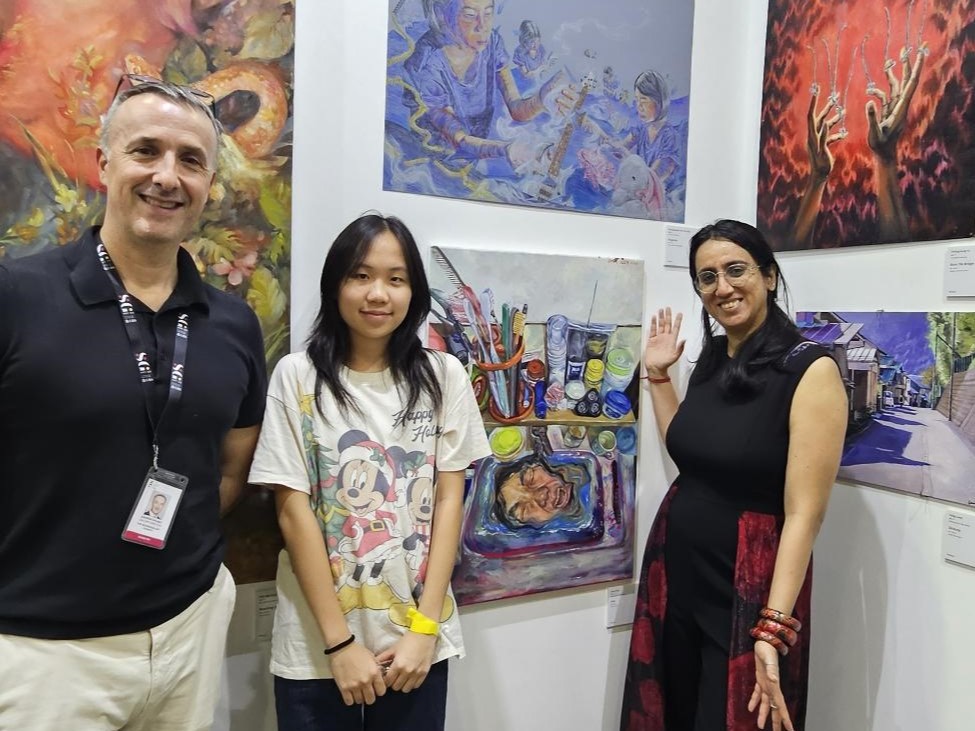
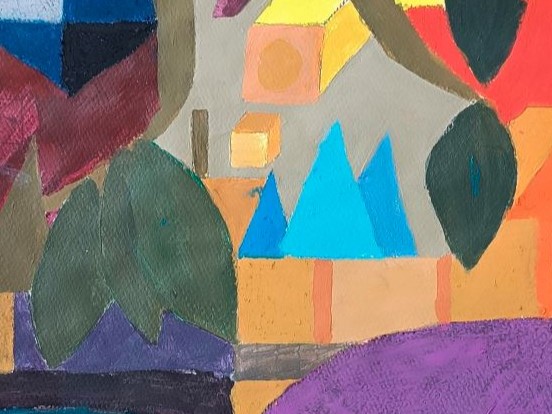
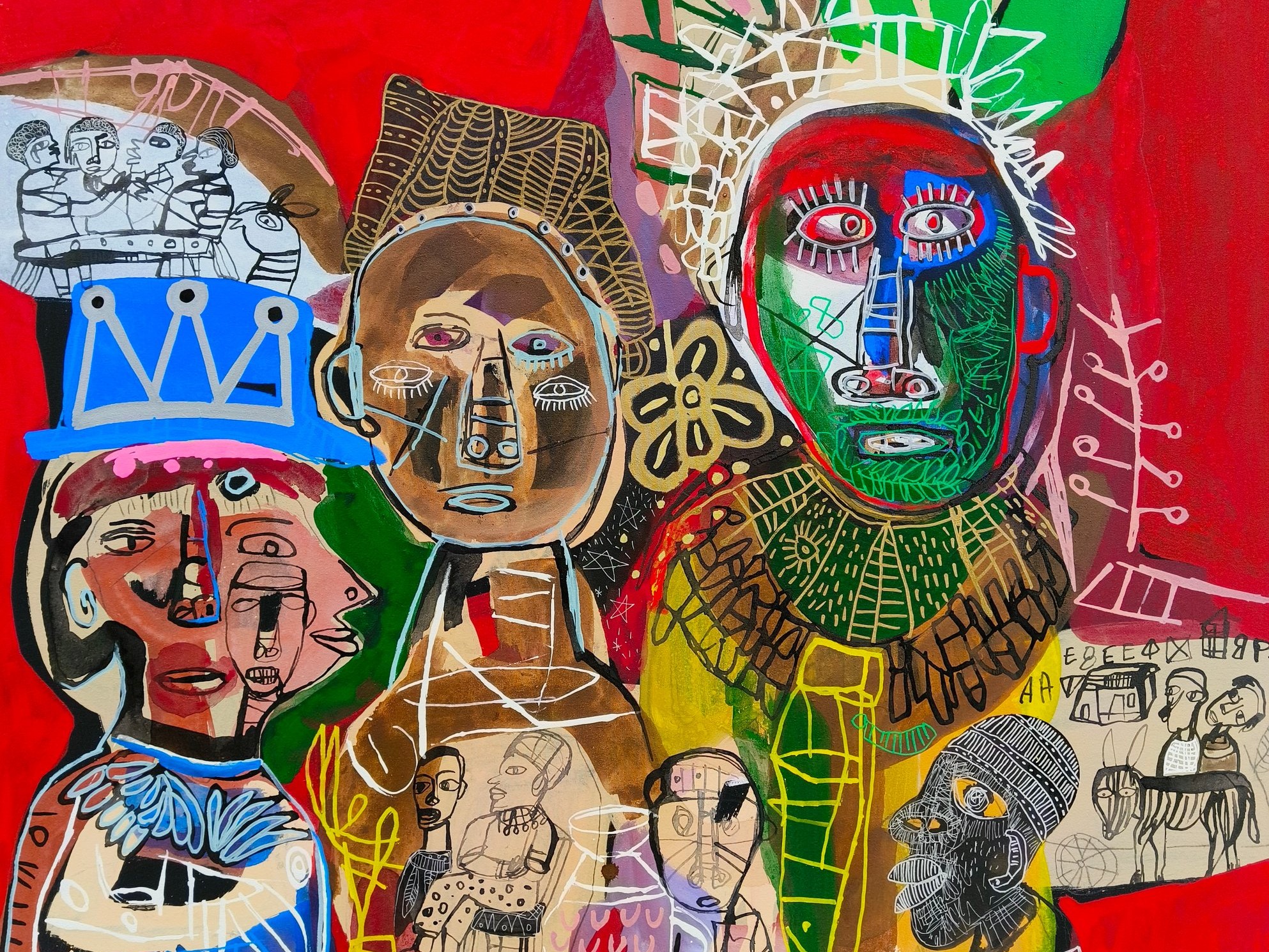
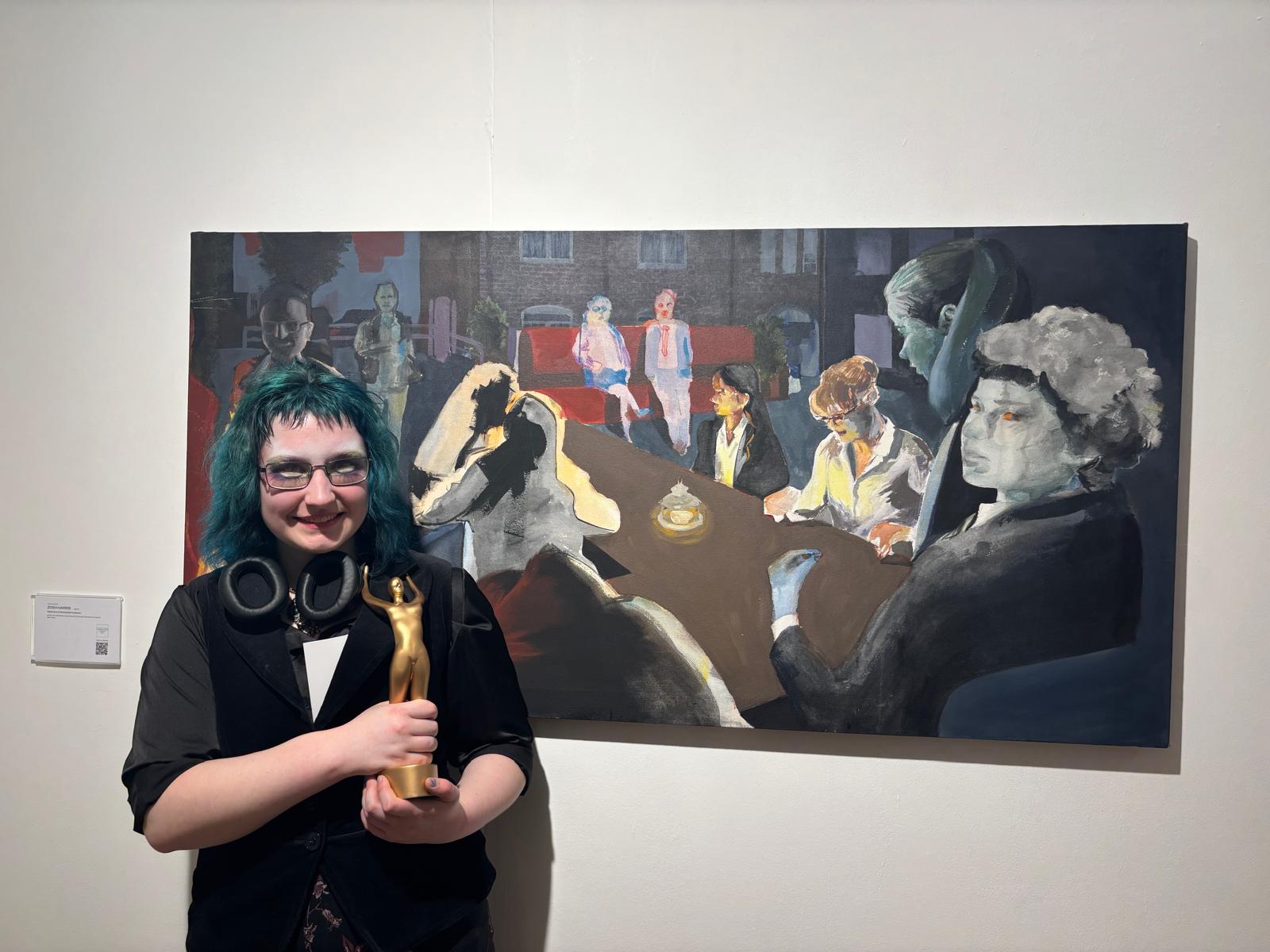
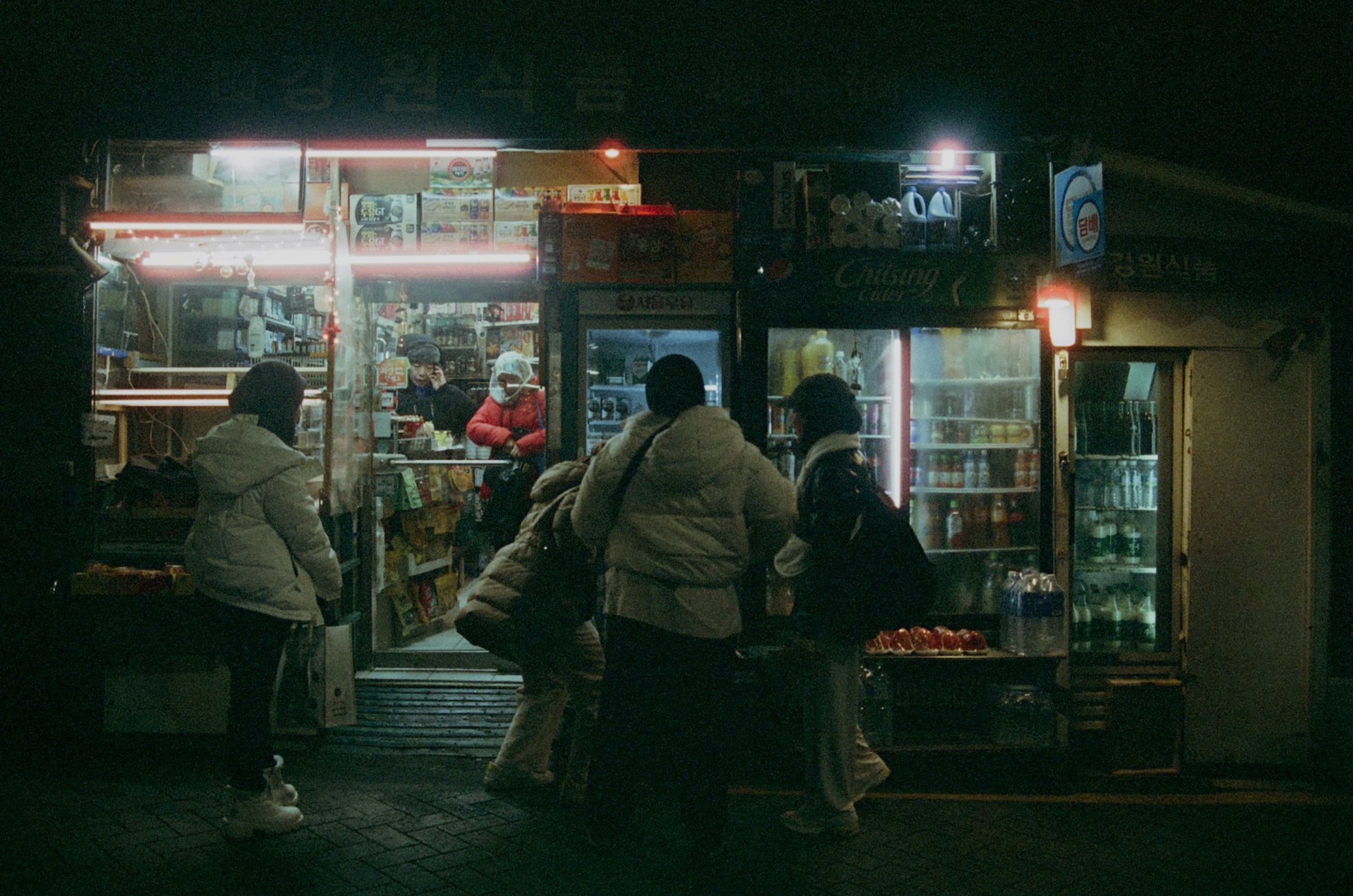

We are thrilled to announce the shortlist for The Sovereign Art Foundation Students Prize, Hong Kong, 2024/5.
Vote for your favourite artist to be crowned The Public Vote Prize Winner! Voting closes on 29 March.
We are thrilled to announce the shortlist for The Sovereign Art Foundation Students Prize, Malta and Gozo, 2025!
Vote for your favourite artist to be crowned The Public Vote Prize Winner and receive €300.
We are thrilled to announce the winner of the Norval Sovereign African Art Prize 2025 Sponsored by Schroders is Modupeola Fadugba, Having received the highest score from our panel of judges, Modupeola will take home the Grand Prize of USD 35,000 for her work ‘Portrait Of An Artist At Ease’
Modupeola will also receive the opportunity to have a solo exhibition at Norval Foundation in Cape Town and receive a two week artist residency at Outset Contemporary Art Fund in London. Congratulations Modupeola on this incredible achievement!
We are thrilled to announce the winner of the FAMM Women’s Prize is DuduBloom. Awarded to the highest rated female (excluding the Grand Prize Winner) by our panel of judges.
DuduBloom will take home the FAMM Women’s Prize USD 5,000 for her work ‘Contending With Control’
Congratulations to DuduBloom and thank you to FAMM for their generous sponsorship of the prize!
Seven marathons, Seven continents, Seven days— Strides for Good Campaigners James Elliot-Square and Paris did it all! From Antarctica to South Africa, Australia to Asia, Europe to South America, and to North America, they covered over 295 kilometres (183 miles) on foot and flew over 37,000 kilometres (23,000 miles) in the air! James completed most of the challenge on crutches, showing incredible grit and determination.
We are so grateful to both campaigners and the difference it will make to our programmes. Click below to donate now!
Visit the Finalists Exhibition at the Norval Foundation in Cape Town to view the shortlisted artworks in-person and cast your vote for your favourite piece to win the Public Vote Prize.
Don’t miss the chance to bid in our online benefit auction hosted by Strauss & Co. Bidding closes on 13 March 2025.
We want to extend our best wishes to James and Paris as they take on the incredible challenge of completing The World Marathon Challenge. This remarkable feat involves running 7 marathons in 7 days across 7 different continents, all to raise funds for The Sovereign Art Foundation.
Best of luck from all of us at SAF. Click below to support!
We’re hosting a discussion at The Refinery Dialogues in partnership with Clariity titled ‘The Transformative Power of Art’. The talk will focus on the crucial role of art in enhancing mental health and wellbeing. Click below for more updates via our Instagram account!
We are thrilled to share that our Finalists Exhibition at ART SG Singapore is open this weekend!
Don’t forget to vote for your favourite artist in our Public Vote, closing 18 January!
Congratulations to all the shortlisted artists for The Norval Sovereign African Art Prize 2025!
Click below to view the shortlist and vote for your favourite artwork to be crowned the Public Vote Prize Winner.
Congratulations to Zosh Harris for receiving the Judges’ Prize for her work, ‘Nightmare of Mismatched Antipathy’! Eugenie Chiu for winning the Public Vote Prize for her piece, ‘A Bride To Be’.
Congratulations to the winners!
We are thrilled to announce the shortlisted artworks for Singapore Students Prize 2025!
Click below to view the artworks and vote for your favourite artwork!
Taking home the Grand Prize of €25,000 is Francisco Trêpa, for his work ‘Dripping Stage’. Francisco received the highest score from our panel of esteemed judges. Congratulations to Francisco!

























